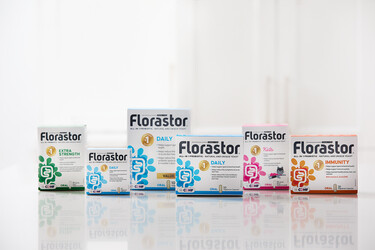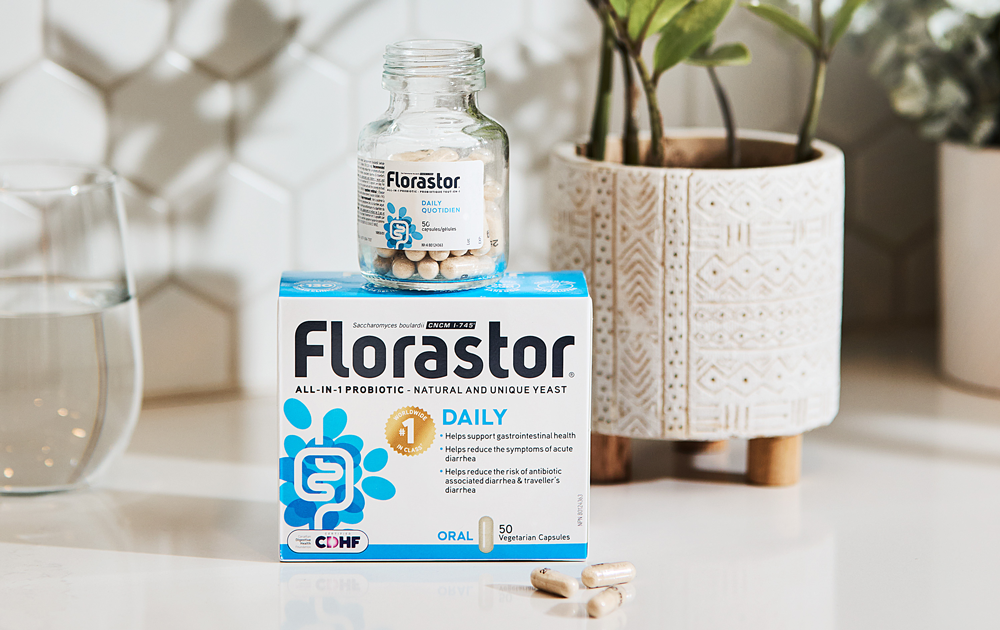The World Health Organization defines diarrhea as “the passage of 3 or more loose or liquid stools per day (or more frequent passage than is normal for the individual).”
Diarrhea often occurs as a result of a gastrointestinal infection which could be of bacterial, viral or parasitic nature although viral gastroenteritis caused by either norovirus or rotavirus are among the most common causes in adults and children respectively.
The inflammation caused by viral gastroenteritis compromises the intestine’s water retaining abilities which contributes to the massive release of fluids we experience during diarrhea.
Transmission of diarrhea-causing organisms can happen through consuming contaminated food and water but also occurs frequently through human-to-human interaction particularly when hygiene practices like proper handwashing are neglected.
Other common causes of diarrhea include:
· Antibiotic-associated diarrhea
The unpleasantness of the experience combined with the health threat of significant water loss means that there will always be great interest around effective and evidence-based treatment strategies.
In today’s article we will review the best available scientific evidence for probiotic use for the management of diarrhea by different causes while also offering insights into how probiotics help at the level of the gastrointestinal tract.
Let’s get to the good stuff!
Viral gastroenteritis in children?
As the most common cause of diarrhea in Canada, viral gastroenteritis is a great place to start.
In 2021, the Translational Pediatrics (1) journal conducted a systematic review and meta-analysis assessing the effectiveness of probiotics in the management of acute diarrhea in children – looking at a total of 12 trials including over 700 participants.
The study found that the use of probiotics in this population shortened the duration of diarrhea and length of hospital stay when hospitalization was required.
S. boulardii, the probiotic yeast found in Florastor, was among the most effective probiotics in this study which considered many different species.
In a 2022 systematic review and meta-analysis (2) that looked only at studies using S. boulardii for the treatment of pediatric acute gastroenteritis (10 studies, 1,200+ children < age 5) researchers determined that both the severity and duration of diarrhea symptoms were reduced.
The study found that diarrhea was significantly less likely to last 3 days in children treated with S. boulardii and even if it did last for this duration, it was less severe (less episodes of diarrhea).
Antibiotic-associated diarrhea
Antibiotic-associated diarrhea (AAD) is diarrhea which occurs within hours, days or even weeks following use of antibiotic medications.
Those with a history of antibiotic use, taking multiple medications or having had experienced AAD in the past may be at higher risk.
Given that antibiotics do not discriminate between disrupting helpful and unhelpful bacteria, the subsequent disruption to the delicate balance of bacteria in the gastrointestinal tract can increase diarrhea risk.
The change in gut environment can affect multiple aspects of the gastrointestinal tract including digestion and water absorption, which in some people can lead to diarrhea.
S. boulardii is a yeast rather than bacterial probiotic which means it is immune to the influence of conventional antibiotics unlike most probiotic products on the market.
When we consider the evidence for its practical effectiveness, the data is quite definitive3.
· The risk of experiencing antibiotic-associated diarrhea in patients treated with S. boulardii decreased from 18.7% to 8.5%
· The decreased risk in children specifically was from 20.9% to 8.8% (S. boulardii vs no treatment)
· The decreased risk in adults specifically was from 17.4% to 8.2% (S. boulardii vs no treatment)
Traveller's diarrhea
Traveller’s diarrhea (TD) affects millions of people annually and generally occurs as the result of exposure to food or water contaminated by specific bacteria, viruses or other pathogens.
Certain travel destinations including central and south America, Mexico, Africa, the Middle East and Asia are considered higher risk areas for experiencing TD.
A 2019 systematic review and meta-analysis out of Travel Medicine and Infectious Disease (4) looking at a total of 12 trials found that only S. boulardii CNCM I-745 had a statistically significant protective effect against traveller’s diarrhea.
Specifically, the use of S. boulardii CNCM I-745 reduced traveller’s diarrhea risk by 21%.
Why does S. boulardii help?
Acute diarrhea is caused either by the direct introduction of harmful species into the gastrointestinal tract (ie: gastroenteritis, traveller’s diarrhea) or a disturbance of the gut bacteria such that harmful bacteria may be more likely to thrive (ie: AAD).
There are many mechanisms by which S. boulardii CNCM I-745, may protect us against these negative outcomes.
They include:
· Forcing harmful bacteria to attach to its cell walls and ultimately be removed from the gastrointestinal tract because S. boulardii does not colonize the intestines long-term.
· In doing the above, it creates as more favourable environment for healthy bacteria to thrive and produce beneficial compounds like SCFAs which are necessary for optimal functioning of GI tract.
· Creating proteins that neutralize the toxins created by harmful bacteria which otherwise contribute to excess water release and diarrhea.
· Reducing the release of inflammatory compounds to protect against gut inflammation.
· Stimulating the immune system (IgA antibody production) which enhances the body’s ability to fend off foreign viruses and bacteria.
Final thoughts
Taken together, we can see why the totality of scientific evidence consistently points to a protective influence of S. boulardii use in both the prevention and management of acute diarrhea by multiple causes.
References
- https://pubmed.ncbi.nlm.nih.gov/35070839/
- https://pubmed.ncbi.nlm.nih.gov/36176742/
- https://pubmed.ncbi.nlm.nih.gov/26216624/
- https://www.sciencedirect.com/science/article/abs/pii/S1477893918302588





